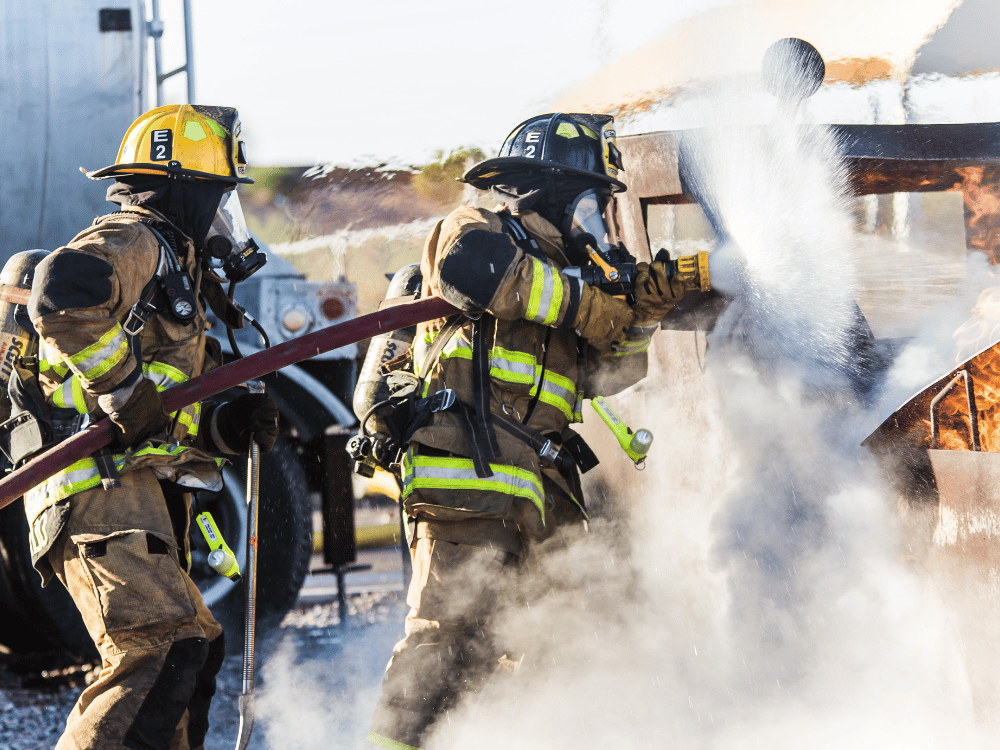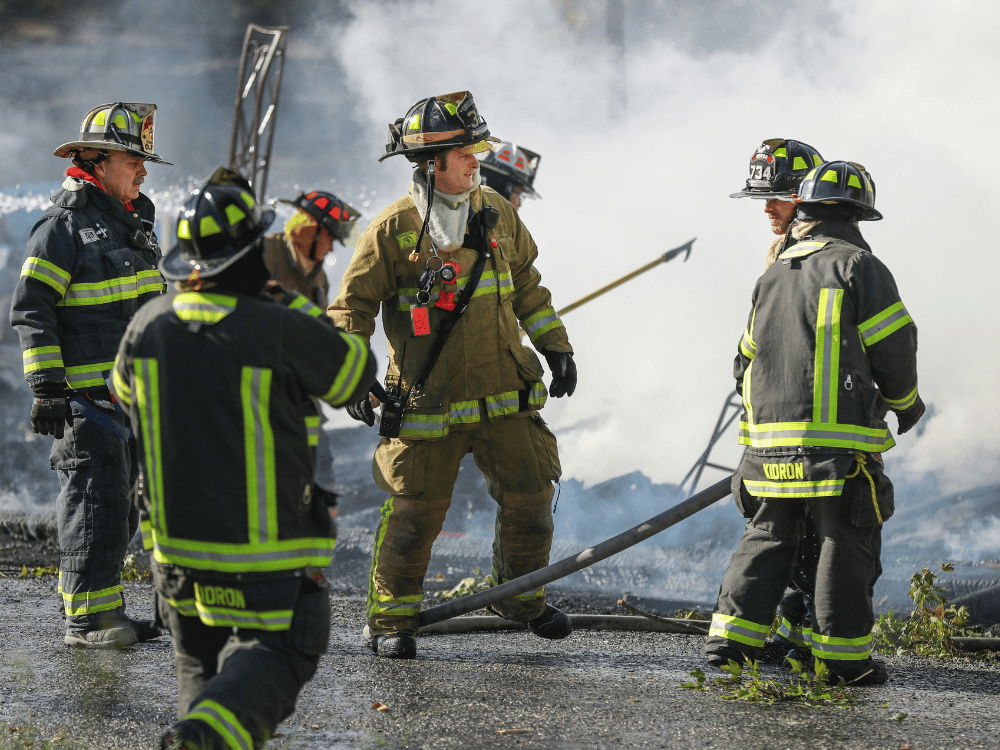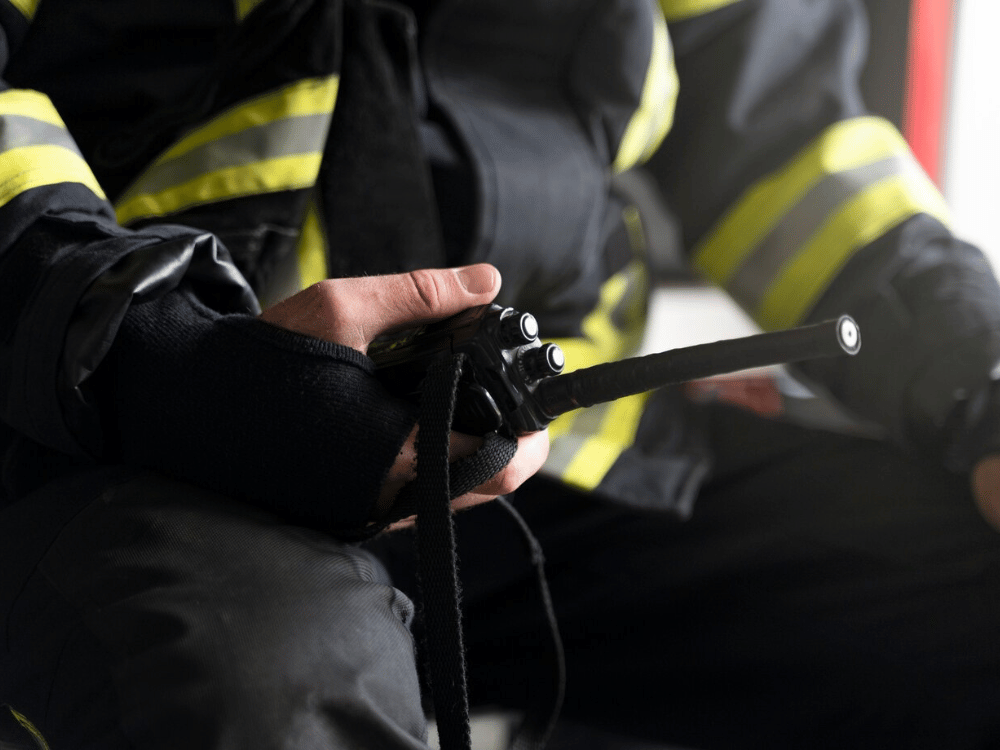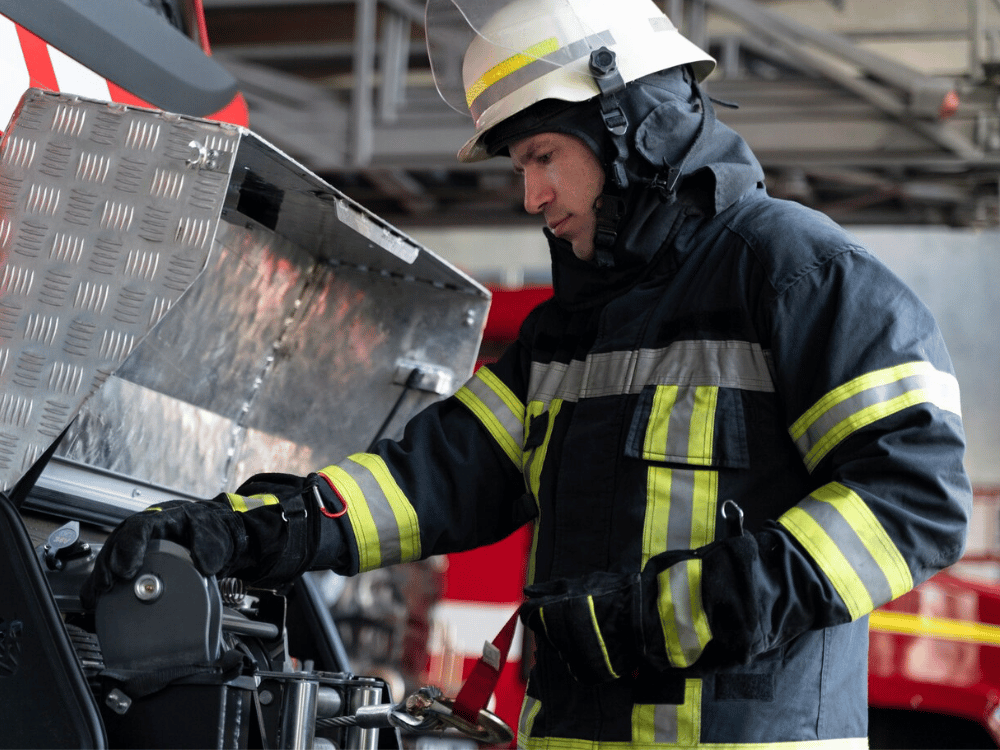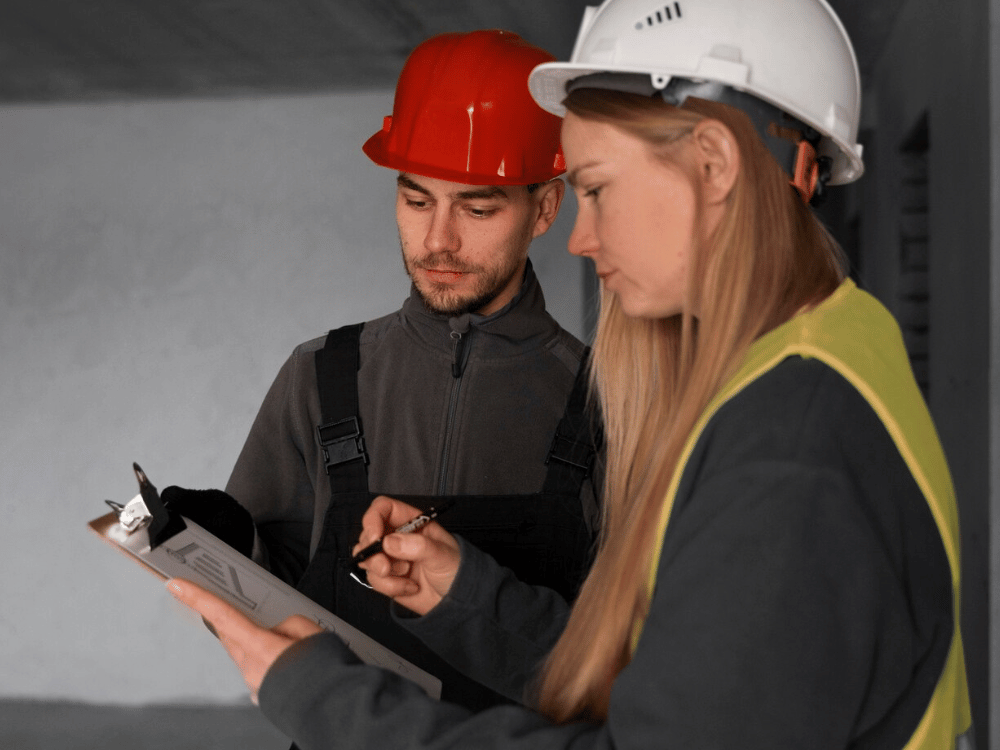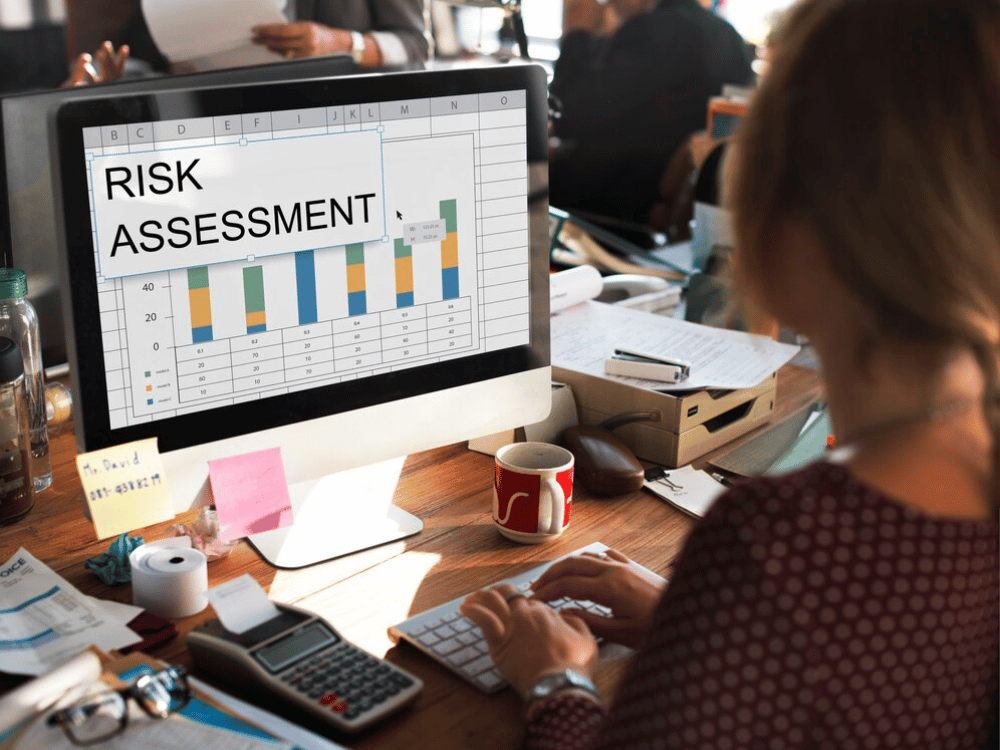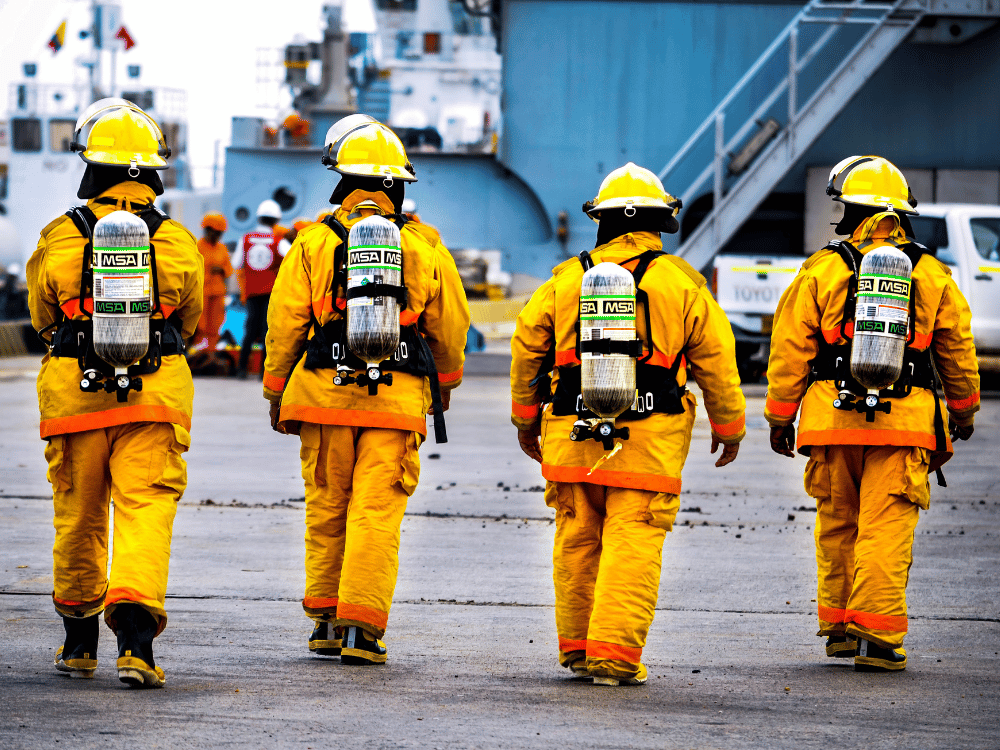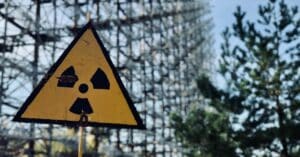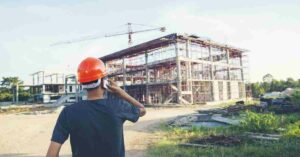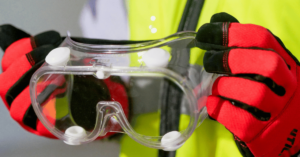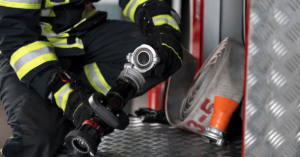Did you know that around a third of UK businesses do not have a suitable fire risk assessment in place?
According to a nationally representative survey of 250 business owners, around 38% of companies don’t have fit-for-purpose fire risk mitigation processes in place.
These statistics are already quite damning. But they become truly scary when you consider other recent research, which found that there are approximately 423 workplace fires per week in the UK.
So, what is a fire risk assessment? How does it help mitigate the chances of a blaze breaking out, and who should be conducting such crucial checks? And how can TSW Training help get them up to speed?
What is a Fire Risk Assessment?
The Government defines a fire risk assessment as the duty of a responsible person to carry out regular premises reviews to prevent fire and keep people safe.
These checks are designed to ensure you are taking every possible step to keep the people on your premises safe and prevent accidents from occurring.
Previously, there were no requirements to keep written documentation of fire safety reports if you had less than five regular occupants on your premises.
However, laws have changed as of 1 October 2023, and keeping a log of all fire risk assessments undertaken is now mandatory regardless of business size.
Importance of Conducting a Fire Risk Assessment
As we just mentioned, fire risk assessments are extremely important. Records released by the UK Government show that, since 2010, there have been over 215 non-residential fire-related deaths in the UK.
The most intolerable element of that statistic is that the vast majority of fire-related deaths in the workplace are avoidable with the implementation of robust fire training and risk mitigation procedures.
Not to trivialise that previous point, but there’s also a financial cost to poor industrial fire safety standards. The estimated total economic and social cost of fire in England in 2020 was £12 billion.
Approximately £3.2 billion of that is considered to be marginal (costs incurred following a fire). Of course, this is all before we consider any fines or other punitive measures like penal sentences handed out for non-compliance.
So, who is responsible for ensuring these crucial checks are in place?
Who is Responsible For Completing a Fire Risk Assessment?
It is the duty of a “responsible person” to arrange or schedule regular fire risk assessments in a business or non-domestic building.
You are the ‘responsible person’ for fire safety in your business or premises if you fall into one of the below categories:
- The employer (concerning a workplace)
- The person who has control of the premises (as occupier or otherwise)
- The owner
However, there is a distinction to be made when it comes to the person responsible for scheduling the checks and the person who actually completes them.
Fire risk assessments should be carried out by a “competent person.” But what does that mean?
Who Can Carry Out a Fire Risk Assessment?
As we mentioned, a competent person should carry out your business’s fire risk assessments. However, “competency” can shift depending on your premises.
According to the Fire Risk Assessment Competency Council’s Competency Criteria, a person is considered competent to review simple premises when they can display:
- An understanding of current best fire safety practices in the specific premises being assessed.
- Some existing knowledge of common causes of fires in the workplace.
- Awareness of any limitations of their own experience and knowledge.
- When required, a willingness and ability to supplement existing experience and knowledge by obtaining external help and advice.
However, for complex premises like construction sites, manufacturing environments, or laboratories, your assessor is required to be suitably qualified. This could mean gaining accreditations like IOSH Managing Safely or passing the NEBOSH National General Certificate.
Those assessments cover the key competencies of a complex environment fire risk assessor, such as:
- The assessment of risk from fire
- Applicable legislation
- Appropriate guidance
- Behaviour of fire on premises
- Effects of fire on people and behaviour of people in fire situations
- Means of escape
- Fire prevention
- Passive and active fire protection
- Management of fire safety
What is the Legal Requirement for Fire Risk Assessments?
Under the Regulatory Reform (Fire Safety) Order 2005 or “the Fire Safety Order,” it is a legal requirement for the responsible person to schedule regular fire risk assessments for your business or non-domestic premises.
To clarify further, the term “non-domestic premises” refers to locations such as:
- Public venues like theatres, bars and gyms
- Office spaces and shops
- Co-working spaces
- Premises used by self-employed people
- Hotels, B&Bs and guesthouses
- Factories, warehouses and storage facilities
- Self-catering holiday lets
- Nurseries and childcare facilities
- Certain charitable organisations
- Open-air venues, e.g. theme parks or zoos
- Animal premises and stables
Is a Fire Risk Assessment a Legal Requirement?
Yes. Completing regular fire risk assessments is a legal requirement if you own, manage, or operate a business or building.
As we mentioned earlier, if you’re found to be non-compliant with fire safety regulations, you could face large fines and even a prison sentence.
In fact, a recent fire in a building housing a restaurant, offices and residential flats in the West Midlands led to the owner being handed a 16-month suspended sentence and a £145,000 fine.
5 Key Fire Risk Assessment Steps
There are five key steps to effective fire risk assessments. These can be broadly broken down into:
- Identification of hazards
- Identification of people at risk
- Evaluation, removal and reduction of risks
- Record findings and prepare emergency plans
- Review and update fire risk assessment regularly
What is the First Step in a Fire Risk Assessment?
The first step in a fire risk assessment is identifying any existing hazards. Fire hazards are anything that can reasonably start a fire, such as ignition sources or combustible materials like:
- Electrical equipment
- Cooking equipment
- Heating systems
But this can also cover more personal elements like:
- Smoking
- Arson
- Contractors
- Housekeeping
What is the Second Step of a Fire Risk Assessment?
Once you have evaluated the hazards, you should think about who will be at risk.
This step of the assessment should include all people on the premises, including people who may be especially at risk, such as:
- Anyone who may be asleep on the premises.
- Those who are unfamiliar with the layout.
- Those exposed to a specific fire risk, such as hazardous substances or chemicals.
- Those who have impaired sight, hearing, mobility or any other disability.
- People working near fire dangers.
- People working alone or in remote or isolated areas (e.g. roof spaces, fridges or storerooms).
- Children or parents with babies.
- The elderly or infirm.
- Any people who are unable to react quickly.
- External contractors, agency and temporary staff.
What is the Third Step of a Fire Risk Assessment?
In the third step of the assessment, you will need to define the level of risk and outline any measures for change.
To complete this step, you should consider whether the overall hazard from fire or probability of combustion is low, medium or high.
- Low-level risk: There is hardly any risk from fire at this stage. There may be a few combustible materials but no highly flammable substances and virtually no heat sources.
- Medium-level risk: Here, there are some combustible materials and heat sources. But a fire would remain contained or spread slowly.
- High-level risk: At this stage, there is a risk to life from fire. Substantial quantities of combustible materials, flammable substances or high likelihood of fire or smoke spreading rapidly.
You will then need to determine the risk of harm, taking into account the nature of the building and the occupants, as well as the fire protection and procedural arrangements observed. You can use a similar three-stage approach for this:
- Slight harm: Fire is unlikely to result in serious injury or fatalities to occupants.
- Moderate harm: An outbreak could result in injury of one or more occupants, but multiple fatalities are unlikely.
- Extreme harm: Significant potential for serious injury or fatalities of one or more occupants.
Following this evaluation, you can then establish the level of overall risk using this chart:
|
Potential consequences → Risk of fire occurring ↓ |
Slight harm | Moderate harm | Extreme harm |
| Low | Trivial risk | Tolerable risk | Moderate risk |
| Medium | Tolerable risk | Moderate risk | Substantial risk |
| High | Moderate risk | Substantial risk | Intolerable risk |
Use this table to outline any necessary mitigation measures and roadmap timelines for work completion or define a task list in priority order.
What is the Fourth Step of a Fire Risk Assessment?
In the fourth step of the process, you should implement clear action plans, highlight training opportunities, and conduct practice drills.
Some common steps taken at this stage are:
- Replacing flammable materials with less flammable alternatives (where possible)
- Ensure flammable materials and combustion agents are kept apart
- Enforce the smoking ban
- Install additional fire alarm call points
- Appoint trained fire wardens
- Increase or improve the visibility of fire signage
- Reduce evacuation times and routes
- Practice evacuation drills
What is the Fifth Step of a Fire Risk Assessment?
The final stage of the assessment calls for more reviews. Now you are checking to see if action plans are in place as well as scheduling dates for further checks and future fire risk assessments.
Fire Risk Assessment Qualifications and Skills
Just like IOSH and NEBOSH examinations or HABC courses, fire risk assessment courses can build from short e-learning experiences to in-depth diploma-level certificates.
If you’re interested in carrying out fire risk assessments for your business, then we’d recommend starting with:
Fire Risk Assessment Checklist
According to the UK Government’s outline for a fire risk assessment checklist, a robust review should cover risks presented by and suitable mitigation actions for:
- Electrical installation and equipment
- Smoking
- Arson risks
- Heating systems and portable heaters
- Cooking
- Housekeeping
- Dangerous substances
- Other significant fire hazards
- Means of escape
- Means of giving warning in case of fire
- Review of manual extinguishers
- Clarity of emergency escape lighting and fire signage or notices
- Management of fire safety
Frequently Asked Questions
Some of the most frequently asked questions about fire risk assessments are:
How Often Should Fire Risk Assessments be Reviewed?
If there have been no significant instances or changes to policy, premises or personnel, it is best practice to review fire risk assessments annually.
Under What Circumstances Should the Fire Risk Assessment be Reviewed?
A responsible person should schedule a fire risk assessment review if there has been a fire in any part of the building, major building works completed, or changes in premises or personnel.
What Comes First in the Hierarchy of Fire Protection?
The first thing to action when protecting employees against fire is to identify and remove any existing hazards.
When is a Fire Risk Assessment Required?
If you are an employer, business owner or the owner of non-domestic buildings, then you must complete fire risk assessments every year or after each incident or major change to premises, legislation or personnel.
Who is Responsible for Fire Safety?
As the responsible person, you are chiefly accountable for fire safety in the workplace. However, employees are also duty-bound to follow fire safety guidelines.
Conclusion
Having competent people in place to carry out annual fire safety checks is a legal requirement. But we can help get your team up to speed.
As outlined in the fire risk assessment qualifications section above, passing the IOSH and NEBOSH courses can establish competency to carry out fire risk assessments on your premises.
TSW Training is a gold-standard learning partner with a 99%+ pass rate on these assessments, so there’s no one better to help train you or your team.

